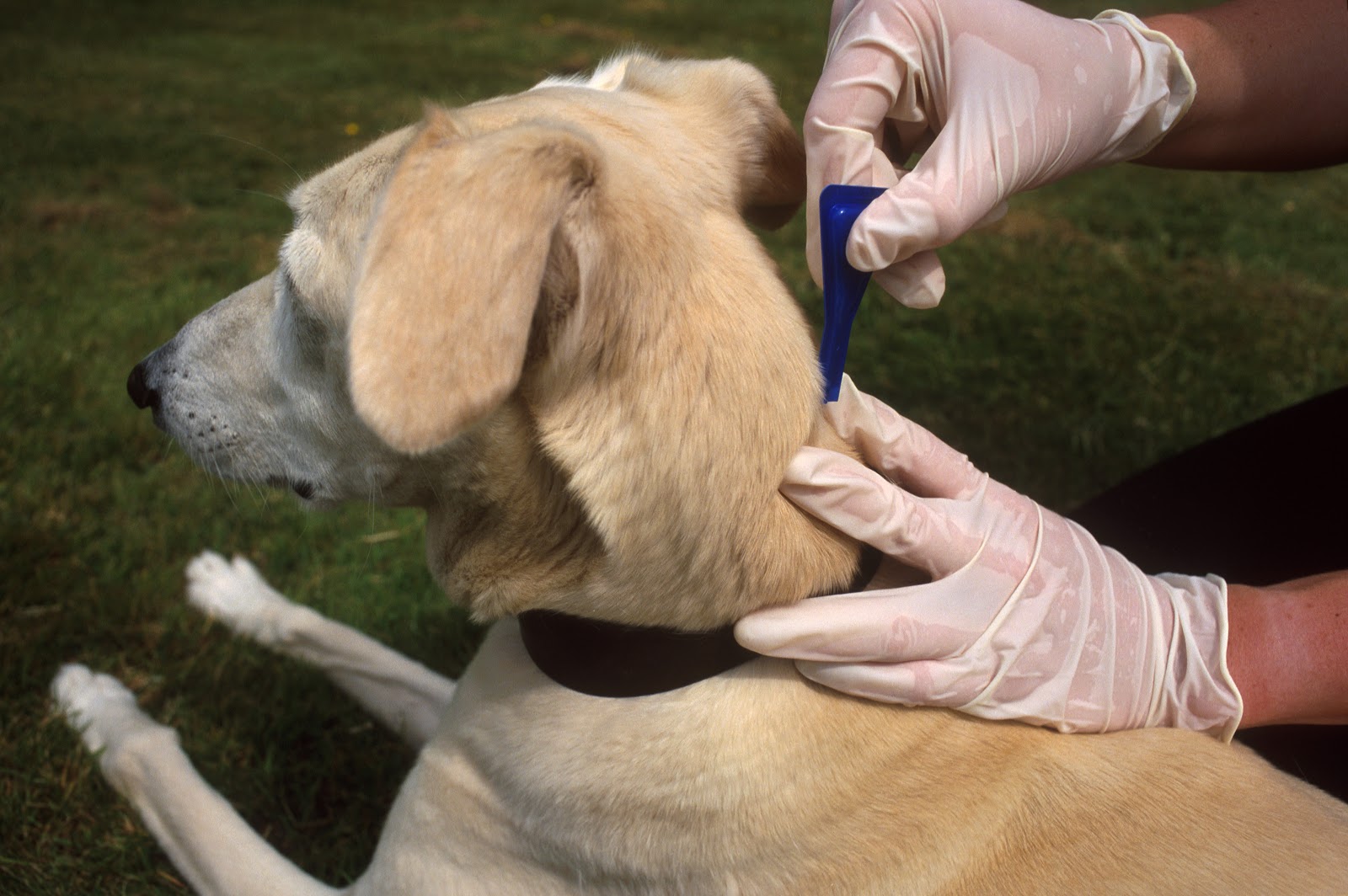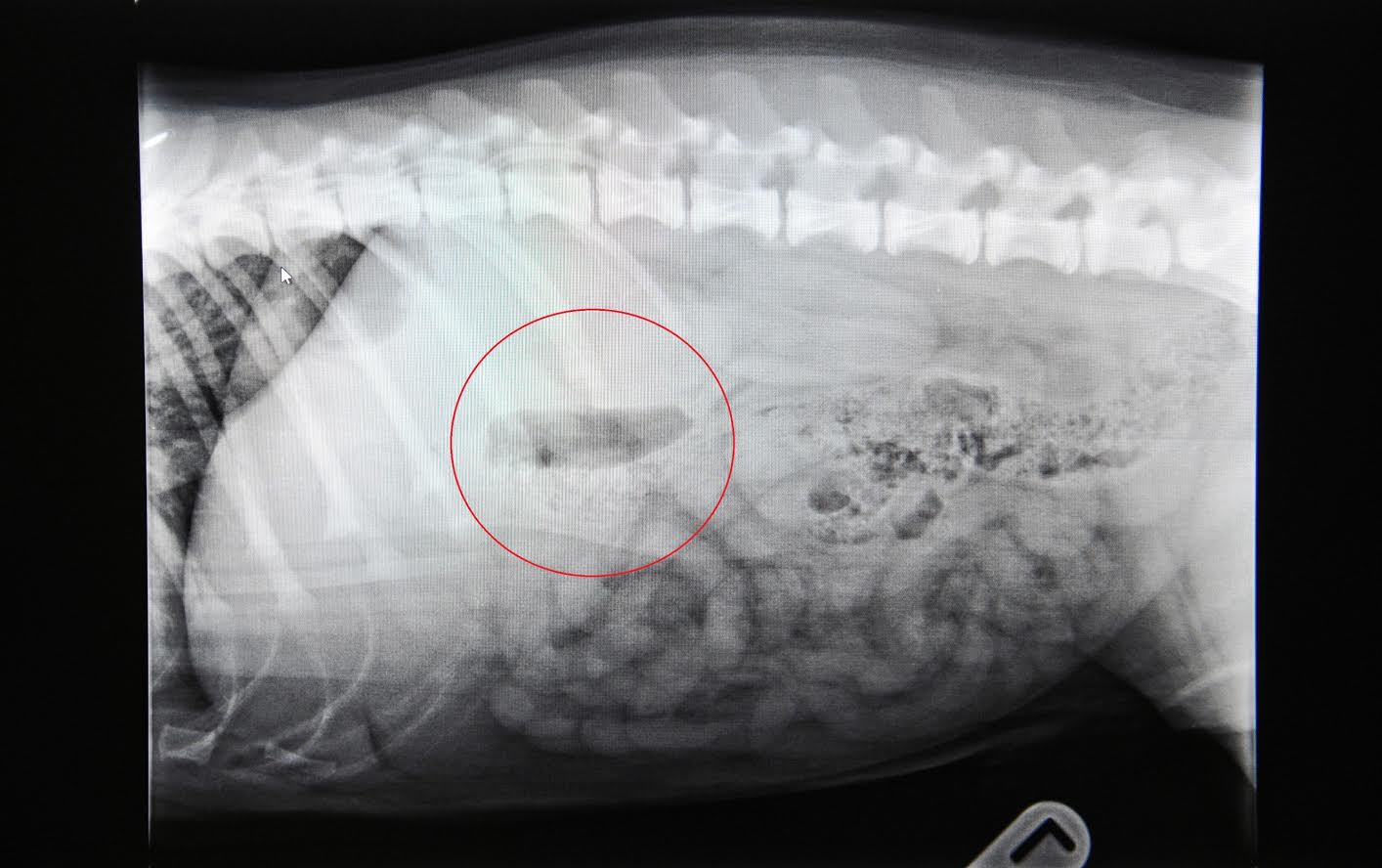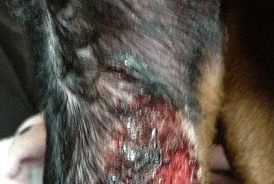The RSPCA has advised cat owners to carefully read the labels of flea and tick treatments before using them on their pets.
The warning comes after the charity was contacted by a panicked cat owner who was very concerned for her 10-month-old cat who was fitting having been treated with a spot on flea and tick treatment intended for use on dogs.
The woman, from Kenley in Surrey, got in touch with her local branch pleading for help after her cat started having fits. The cat was rushed to the vets but had to be put to sleep to prevent any further suffering.

The cat’s owner is very upset by the incident, which was made entirely in error, prompting the RSPCA’s warning to other owners.
Flea treatments for both cats and dogs are readily available to buy over the counter. But some dog treatments contain permethrin, a chemical which is highly toxic to cats. And many treatments are not suitable for very young animals so it’s important to check labels carefully before use.
RSPCA cat welfare expert, Alice Potter, said: “This was a very distressing incident for the owner of this cat who realised she had made a dreadful mistake but realised all too late.
“Only give your pet flea treatment that has been recommended for them, it’s always best to speak to your vet about which products are safe to use and, if you have cats and dogs, be sure to read the labels carefully before administering.
“Products suitable for one may not be suitable for the other. Some dog treatments contain permethrin which is safe for dogs but highly toxic to cats.”
If your pet gets fleas it’s important to treat the animal and your home as fleas can survive in carpets and furniture for many months. Use a vet-recommended household and pet bedding flea spray.
Clean bedding regularly and vacuum furniture, floors and skirting boards to help destroy fleas. Throw away the bag from the vacuum cleaner afterwards.
Fleas are a parasite and can affect dogs, cats, rabbits and even humans. Some types can leap from host to host.
Fleas only suck blood once they are adults but can live on pets for up to a 100 days, with females laying up to 50 eggs a day.
If your pet is scratching or has visible insects (which could look like dark specks) in its fur then they could have fleas. Groom your pet with a fine-tooth comb over a white surface, any fleas or droppings will fall out. Add water and if the droppings turn reddish-brown, it’s likely they have fleas.
As well as making pets uncomfortable, fleas can cause allergic reactions and can pass diseases to your pet, such as myxomatosis in rabbits. In really serious cases, flea infestations can make pets very weak and can even cause death as a result of blood loss.
Enter your email and never miss out on receiving our best articles:









